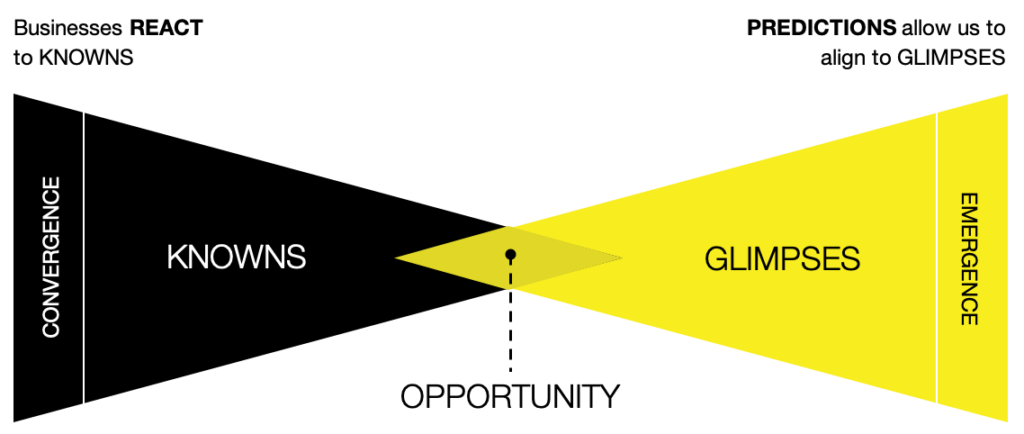We are rapidly approaching our four year anniversary at PINE. It has been an amazing time of personal and professional growth. In planning for the future, we have been reflecting on why we have seen successes and where we can continue to grow and evolve.
Why Us?
One of the questions we asked ourselves is why do companies hire PINE? Understanding strengths and weaknesses always helps to determine and communicate your competitive advantage. Sustaining and communicating this advantage is always a challenge.
The number one reason people hire us is a referral, even if they don’t understand our value as articulated below, they refer us based on the meaningful impact our thinking has had and can have on their business; referrals have been the cornerstone of our business.
Articulating Value
Articulating this valued outcome to an entirely new group is much harder in practice. We have our core pillars; questions before answers, willingness to question, transparency and trust and whole mind (left and right brain) thinking. This coupled with a portfolio of great clients and projects have often been enough. However, we know that the world is constantly changing and the competition and expectations never rest, so we decided to dig in and look deeper.
We firmly believe there is something unique. Simply put, we believe we look at things distinctively differently. Our personal philosophies of embracing life and situations with genuine curiosity and questioning assumptions (BEGINNER) and applying a combination of a broad set of experiences (SAGE), what we call a Beginner-Sage Mindset.

A beginner’s mindset, a philosophy observed by Shunryu Suzuki (1904–1971), a Zen monk, teacher, and author of the book Zen Mind, Beginner’s Mind relishes uncertainty. It is to not burden oneself by the way things should be.
A sage, in classical philosophy, is someone who has attained wisdom.
We believe creating and fostering the constructive tension between these two perspectives, the Beginner and the Sage has been the key to our unique approach and has had a broad impact on our work. A hungry appreciation for questioning assumptions and a respect for the wisdom gained by experiencing many inputs across our careers and clients, has helped us succeed.
To the Future
As we continue to think about and evolve how PINE can best serve our clients, we look forward to a future sparked by enthusiastically embracing the many new situations that lie ahead as beginners while being guided by the wisdom from our pasts.
Cheers.








